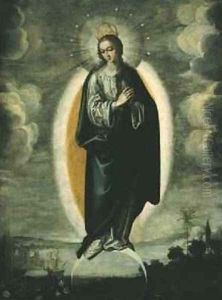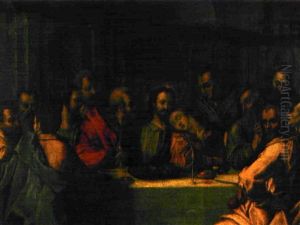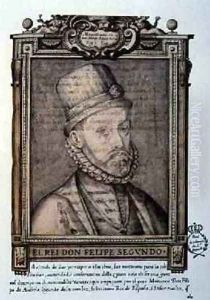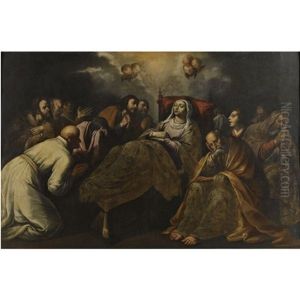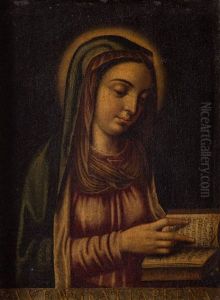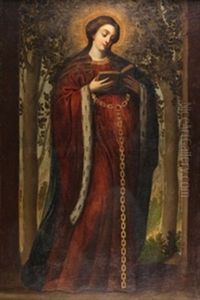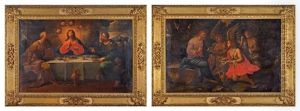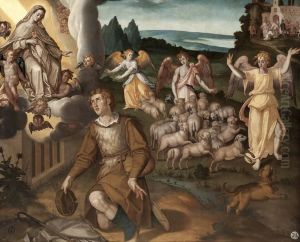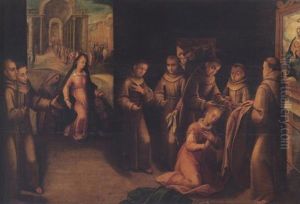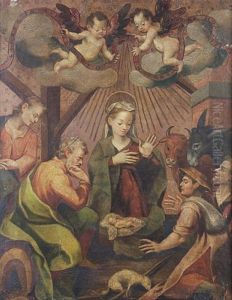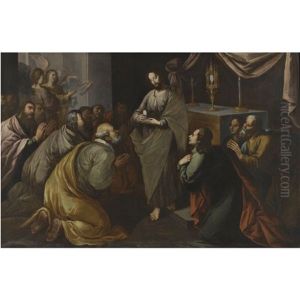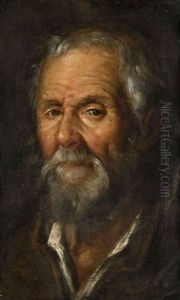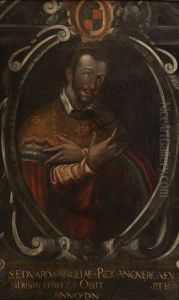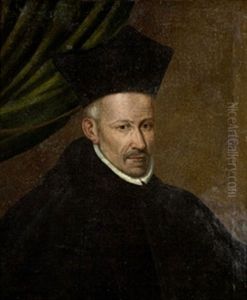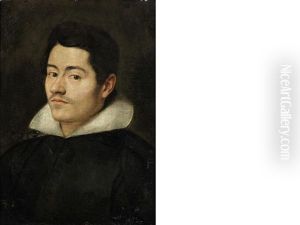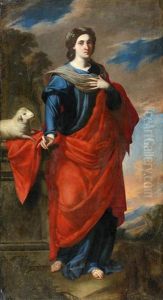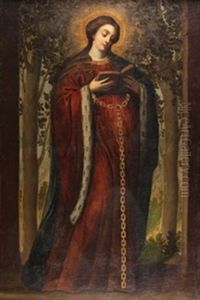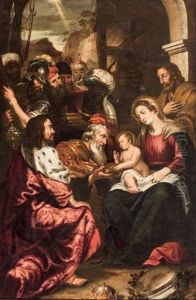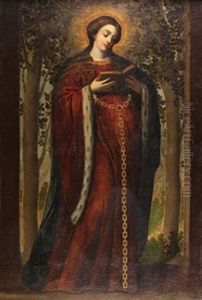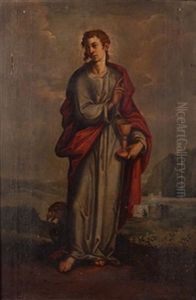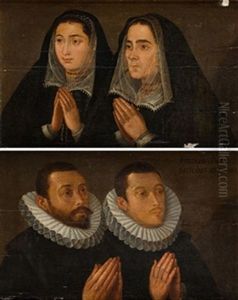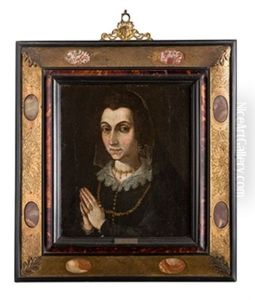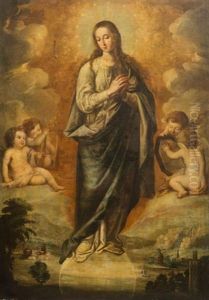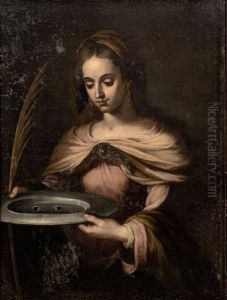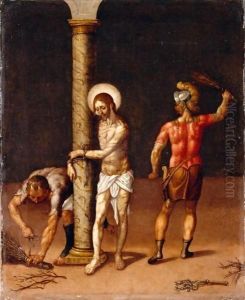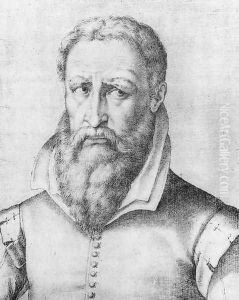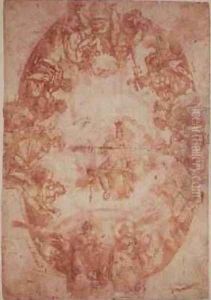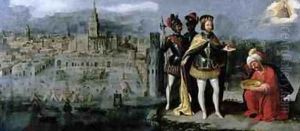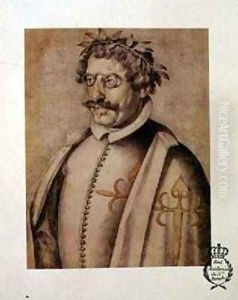Francisco Pacheco Paintings
Francisco Pacheco del Río was a Spanish painter, poet, and art theorist, born in Sanlúcar de Barrameda, a small town in the province of Cádiz, Spain, in 1564. He is best known for his influence on Baroque art and as the teacher and father-in-law of the renowned artist Diego Velázquez. Pacheco’s work and theories were a significant transition between the Mannerist and Baroque periods of art in Spain.
In his early years, Pacheco studied under the painter Luis Fernández and later moved to Seville, which was then a vibrant center of art and culture in Spain. By 1580, Pacheco had opened his own workshop in Seville. His style was deeply influenced by the works of Italian artists and the Counter-Reformation’s call for art that was clear, realistic, and emotionally engaging. Although Pacheco was not as gifted a painter as his most famous student, Velázquez, or his contemporaries, his role as an art theorist and teacher was crucial in the dissemination of new ideas about painting.
Pacheco's most significant contribution to art was his book 'Arte de la Pintura' (The Art of Painting), published in 1649, posthumously. This treatise covered a wide range of topics, from technique to iconography, and was a foundational text for understanding the theory and practice of Spanish art of the period. Through his writing, Pacheco advocated for the intellectual status of painting and emphasized the importance of following certain standards, particularly in the portrayal of religious subjects.
As an artist, Pacheco was known for his religious paintings, portraits, and his work as a polychromist, painting sculptures with lifelike colors. He took a particular interest in the Inquisition’s regulation of images and worked as a censor, ensuring that artistic representations adhered to Catholic orthodoxy. This dual role as censor and artist placed Pacheco at the heart of the complex relationship between art and religion in Spain at the time.
Pacheco's influence extended beyond his own work through his pupils. He taught and mentored many artists, including Alonso Cano and Francisco de Zurbarán, who were significant figures in the Spanish Baroque movement. However, it was his association with Velázquez that would cast the longest shadow. Pacheco not only taught Velázquez but also supported his early career and arranged his marriage to his daughter, Juana, helping to secure Velázquez's future both personally and professionally.
Francisco Pacheco passed away in Seville in 1644. His legacy lies in his contributions to the theoretical framework of Spanish art and his role in shaping the generation of artists who defined the Spanish Golden Age of painting.
